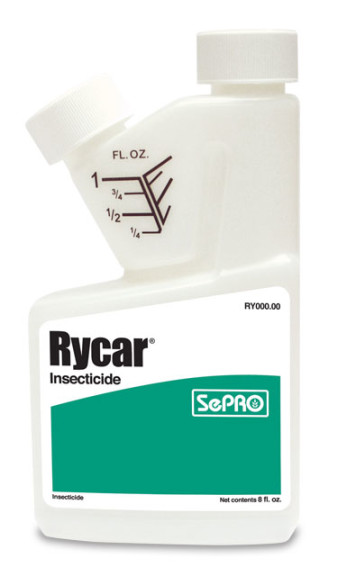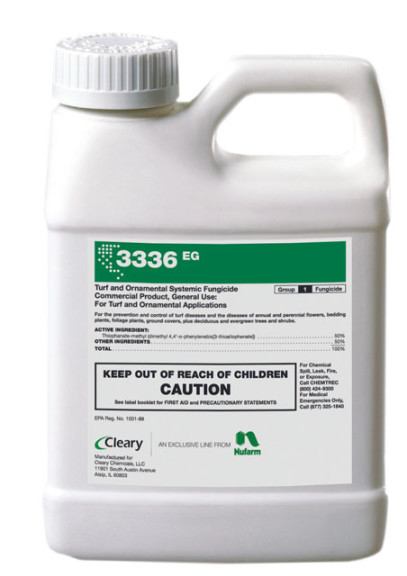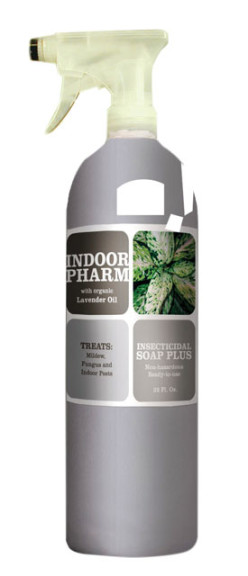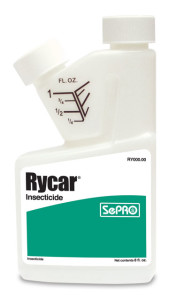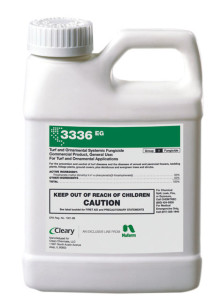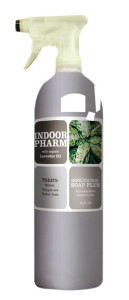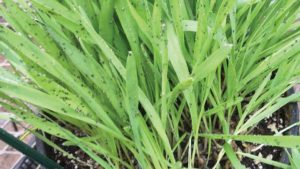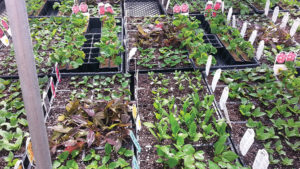The Latest In Crop Protection
Growing healthy ornamentals takes a lot of hard work. The surest way to undermine your efforts, however, is to skimp on crop protection. Luckily, a new range of products is available to combat the bothersome pests and diseases that wreak havoc on your greenhouse. Here’s what the top crop protection companies had to say about the latest market trends.
The organic trend that’s gained traction with fertilizer companies has impacted the crop protection realm, as well. Companies continue to seek out organic and natural materials to make safer products that are as effective as their conventional counterparts.
“There’s a huge movement to get away from using products like Roundup,” says Susan E. Lewis, founder and CEO of Pharm Solutions. “People want more natural and bio-based alternatives. One needs to worry about the exposure to chemicals by greenhouse employees. Organic and bio-based alternatives are safe.”
[blackoutgallery id=”72933″]
Newer Biopesticides Target Health, Safety
Pharm Solutions’ Indoor Pharm biopesticide is one example. Made from food-grade ingredients and USDA certified organic, the product has a blend of botanical ingredients. The horticultural oils in the product suffocate a wide range of insects and larvae, including spider mites, mealybugs, whitefly, gnats and more.
Rycar, from SePro, debuted August 2014 and is another product that promises results without sacrificing the health and safety of greenhouse professionals. While not a bio-based pesticide, it is friendly and generally gentle to biologicals. According to SePRO’s Mark Brotherton, the crop protection company focuses on only bringing products to the market that can work in conjunction with an integrated pest management (IPM) program.
“Rycar is a behavior modifier. When it comes in contact with or is ingested by a target pest, it immediately stops them from feeding and disorients them, eventually starving them to death,” he says. “We’ve had good compatibility results when used with beneficial insects as part of an IPM program.”
Consumer Demand Up For Natural Alternatives
At Syngenta Crop Protection, Nancy Rechcigl says she has also noticed the emphasis on environmentally friendly products. The company has a wide range of fungicides and insecticides in the development stages, and all the products are designed to use the next generation of active ingredients to combat common greenhouse pests.
“New crop protection products are more targeted in the scope of what they control,” Rechcigl says. “Companies are also starting to recognize that ornamental growers are expanding to bring edibles to the retail market. I think we’ll start to see more labels being produced to address crop diversity, as well as to prevent pests and diseases while meeting stricter health and safety guidelines.”
Part of the reason crop protection companies might be pursuing better natural alternatives is because it’s what the people want.
“Adoption of these biological controls has skyrocketed in recent years,” says IPM Laboratories entomologist Carol S. Glenister. “Growers are increasingly aware of insect life cycles and predator-prey interactions, and they are asking excellent questions on how to optimize the biocontrols.”
IPM Laboratories’ Aphid Guard Aphid Banker Plant is one example of using biological control. The product will be released to the market as soon as the company can get shipping permits.
Integrated Control Combines Natural Alternatives With Time-Tested Solutions
Optimizing biocontrols means using the market’s most effective products. The good news is that non-chemical products are increasingly effective. A well-designed crop protection program, however, ensures plants can fight off attacks from the pests and diseases without relying on a single product.
“The trend we see from our perspective is a move to a program focused on microorganisms,” says BioSafe Specialty Products Market Segment Manager Paul Gallo. “There’s been a shift in perception surrounding biopesticide products. More growers are focusing on an integrated approach, and if they are still using a traditional approach, they want to know how to make those products a part of an integrated approach. They want to have sustainable practices and tools in their tool bags.”
Similarly, Arden Bull, national ornamental manager for Nufarm, says he sees growers continuing to combine natural alternatives with tried-and-true solutions.
“We see that traditional chemistry will continue to be the main line of plant protection with biological products being used as possible,” he says, noting that the company’s Cleary line of fungicides and insecticides are continually being updated with new formulations and remain popular with growers.
“More support will be invested for IPM programs, plus more sophisticated monitoring and tracking programs — handheld computers and trackers — will maximize effectiveness of treatments and reduce labor expense” Bull says.
Neonic Alternatives Are Available
Bull’s emphasis on enabling industry professionals to uncover the truth about certain products strikes at the heart of the controversial neonicotinoids debate. While most companies agree that neonicotinoids get a bad rap and aren’t scientifically proven to harm pollinators when used correctly, there are alternatives.
BioSafe’s AzaGuard is one example of a product that can be used if the market ultimately decides to restrict what growers can use to protect their crops. Another alternative is Syngenta’s Mainspring, which induces ingestion paralysis and interrupts pests’ feeding. Pharm Solutions’ previously mentioned Indoor Pharm means growers can stay away from synthetics while keeping people and pollinators safe.
These are just a few examples, but as Brotherton puts it, the many botanical insecticides, horticultural oils and soaps and biopesticides on the market means growers aren’t doomed. In fact, he reiterates that a smart approach is the best way to be successful.
“Start with the basics and put together a sound integrated pest management program,” he says. “Make sure you are rotating chemical classes and within those rotations select products that will cover as many of the potential pests you may encounter. If your program incorporates beneficial insects, know that not all pesticides are compatible. Be sure to research the beneficial compatibility of your chosen pesticides before making applications.”





